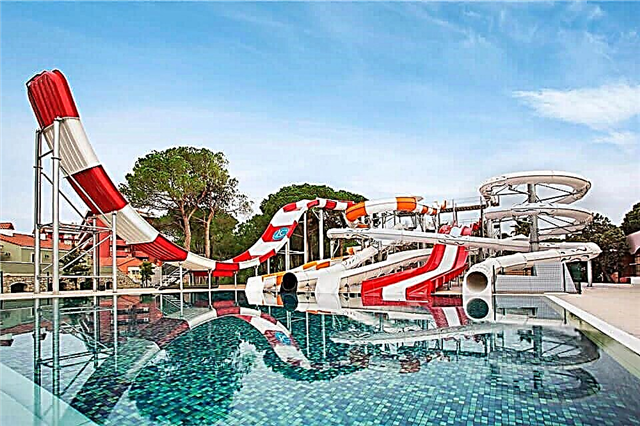Address: Estonia, Tallinn
Coordinates: 59 ° 26'08.3 "N 24 ° 44'27.5" E
Content:
Short description
On the slope of the Toompea hill, a stone's throw from the Niguliste church The Danish King's Garden. It is a small square with a terrace stretching along the fortress walls.

View of the Danish King's Garden
On the one hand, the garden is bordered by preserved fortifications with three towers - Kiek-in-de-Kök, Konyushennaya and Maiden, and on the other side, amazing panoramas of the Lower City with red-tile roofs open. There are several ways to get to the Danish King's Garden in Tallinn.
An arch in the fortress wall, located behind the Alexander Nevsky Cathedral, leads from Vyshgorod to the square, and from the side of the Nizhny city, the gate on Lukhike Yalg Street and the descent from Rüytli Street lead directly into the garden. The Danish King's Garden has a calm atmosphere.In summer, you can relax here on a bench in the shade of trees, or visit the bar open at the foot of Kiek in de Kök.

The Danish King's Garden - the place where the Danish flag was "found"
The name of the garden did not arise by chance - the Danes consider this square to be the cradle of Dannebrog - the Danish flag... In 1219, King Valdemar II of Denmark, who later received the nickname Victorious, organized a campaign against the pagan Estonians who attacked the German knights at the request of the Riga bishop.
The small army of Danes was joined by the Pomor Slavs of "glory" under the leadership of Prince Vitzlav I of Rugen. As a vassal (subordinate) of the Danish king, Witzlav I was obliged to carry out military service and fight outside the borders of his master's possessions. In 1219, a Danish detachment led by the king and bishops landed in the Kolyvan region and founded a fortress called "taani linn" ("Danish castle").

View of the garden from the Maiden Tower
The pagan Estonians who opposed Christianity decided to use a trick: they agreed to make peace and be baptized. On June 15, 1219, three days after the armistice, the Estonian army unexpectedly attacked the Danes. Caught by surprise, the detachment of Valdemar II fled, but the army of Witzlav I, standing aside from the royal camp, did not succumb to panic and launched a counterattack. Meanwhile, the Danes rallied and rushed at the enemy, as a result of which about 1000 pagans were killed, and the rest fled. Legend has it that the Danes were saved not by Vitzlav's resourcefulness, but by God's sign - in the midst of the battle, a dense red with the image of a white cross appeared from heaven.

Place of "finding" the flag
Having gathered around the banner, the Danes perked up and crushed the enemy. According to another version, the red and white banner, which later became the flag of Denmark, was sent by the Pope to the Danish king as a sign of the blessing of his Crusade. Since then every year, Dannebrog's birthday is celebrated in Tallinn's Garden of the Danish King on 15 June - a holidaypopular with tourists from Denmark. At the place where the flag was thrown to the ground, that is, in the middle of the stairs on the street. Rüütli, the figure of an iron knight with a sword and a red-white shield, stylized in the colors of the Danish flag, is installed.











